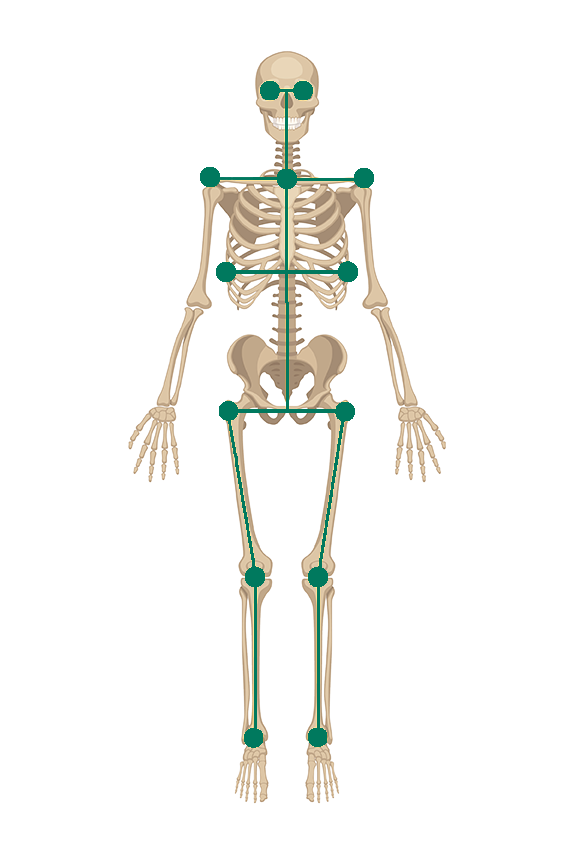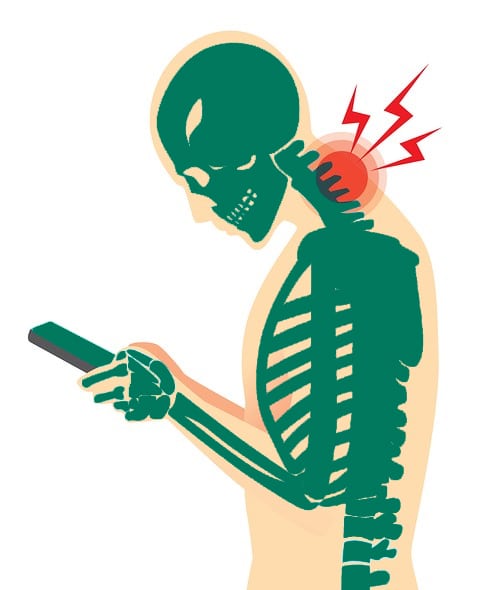Wellington Posture Analysis
Your posture is an important indicator of how your musculoskeletal system is functioning as a whole.
When your posture is in a less than optimal position it puts extra pressure on the muscles, joints and ligaments of your body. This leads to visual distortions and often pain through overworked muscles, inflamed joint and stretched ligaments.
At Karori Chiropractic we use photographic posture analysis. This technique allows detection and accurate description of posture anomalies, often finding mild issues that go undetected to the trained eye. Patients are then able to view their own posture to get an idea of the severity of the issues and have a better understanding of how their body is currently coping. It’s OK if you don’t want your photo taken! We also utilise sight and touch for our postural checks, which can also be very useful for checking variations in spinal curvatures and muscle contractions.
Our thorough history taking often gives us a clearer picture of how your posture came to be. We can then recommend lifestyle changes, stretches and exercises to reverse the posture anomalies when possible.
If you are after a thorough look at your posture, try out Karori Chiropractic

What Is “Bad Posture”?
A poor posture could be considered as an insidious condition. It starts off as a minor, often ignored issue. But over time, the curvatures and angles can worsen. By the time your symptomatic and realise there’s a significant problem, it is often too late to reverse. The ligament, bones and muscles slowly adapt to chronically bad postures and often all that can be done is to try to slow down any further worsening.
The sooner you introduce the correct intervention, the higher the chances that your posture issue can be fixed.
We recommend that you avoid braces or “posture correctors”. These devices can feel good in the short-term as they take the weight off of the struggling, tired muscles. However, after long term usage, these muscles will shrink (atrophy) as they are no longer being challenged. Your body will adapt to wearing the brace. Once this is removed, your weakened muscles will struggle more than ever before.

Common posture features we find in practice:
- Scoliosis (sideways curvatures of the spine)
- Thoracic hyperkyphosis (back hunching)
- Lumbar hyperlordosis (swayback)
- Anterior and posterior pelvic tilts
- Forward head carriage
- Forward shoulder carriage
- Antalgic lean
- Upper-crossed syndrome
- Scheuermann’s disease

